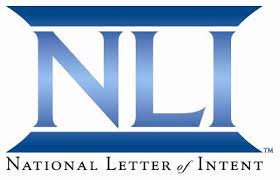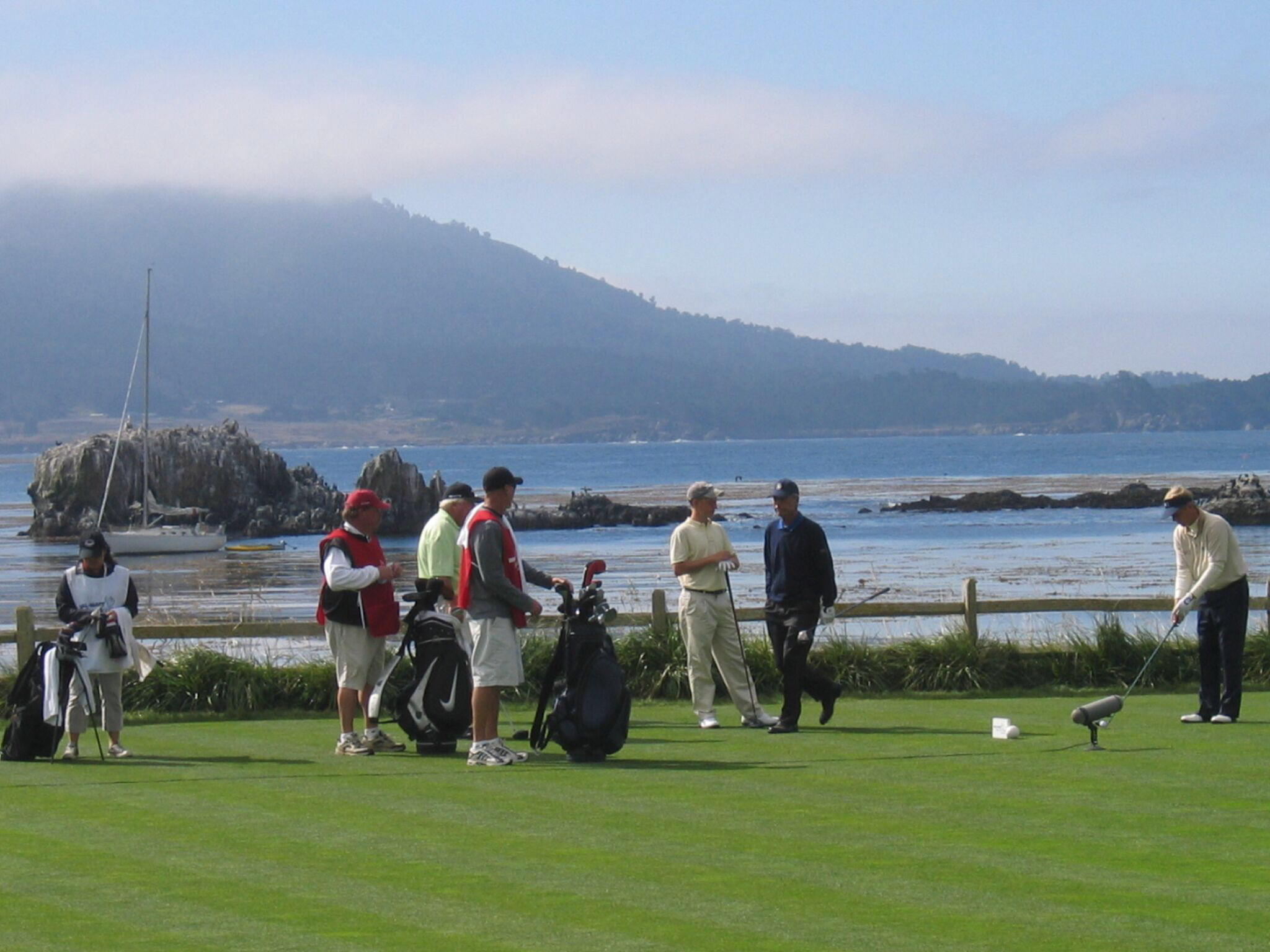For most of us, it’s an overarching challenge to know all of the NCAA rules and understand how they apply to junior golfers and college coaches alike.
Don’t worry, we’ve got you covered!
Here’s what you need to know:
The recruiting calendar (below) and associated NCAA rules are for Division 1 Men’s Golf ONLY.
Women’s Golf does not have a recruiting dead period. Therefore many Women’s Coaches will recruit at events like the Dixie Amateur, Orange Bowl, Doral Publix, Orlando Amateur, Silver Belle, the Sally, and Honda Jr.
The NCAA restricts D1 Coaches from:
Evaluating prospects in tournament competition
Inviting prospects to campus for official & unofficial visits.
These restrictions currently only take place during the months of November and December each year.
Phone Calls, Zoom Meetings, DM’s/Messages, and Emails are allowed at any time!
What does the typical calendar look like for a college golf team?
Fall Semester:
End of August: Begin Classes, Team Meetings, Qualifying
September-October: NCAA “In-Season”, typically most college golf teams travel to play the entirety of their Fall schedule, 4 or 5 events, in September & October
November: Most College programs are considered “out of season” as soon as they finish their final event of the Fall. During this time, teams can only have 8 hours of regulated practice, team meetings, and workouts (compared to 20+ hours in-season)
December: Exams and Christmas Break.
Spring Semester:
January: Begin Classes Mid-January, “out of season” practice
February/March: College Teams go “in-season” at different times, which usually depends on the timing of the Team’s 1st event in the Spring season and the location of the school geographically. Most northern schools, start their Spring schedule a bit later due to weather limitations but there are many Power-5 & top Mid-Major programs that travel South to practice and compete in states like FL, CA, TX, and HI during the months of January and February.
March/April: College Teams compete on Spring Break and typically play 4-5 regular season events in their Spring Schedule, not including their conference tournament, which typically takes place at the end of April.
May: Exams, NCAA Regionals, and beginning of summer break
June: NCAA Nationals, summer recruiting begins
Key dates for the 2023-2024 NCAA Division I Men’s Recruiting Calendar:
Nov 6-9 - Dead Period for NLI Signing Week 📝
Nov 23-26 - Dead Period for Thanksgiving 🦃
Nov 27-Dec 22 - Quiet Period 🤫
*Dec 5-7 - Evaluation Period only at AJGA Senior Showcase, otherwise Dead Period
Dec 23- Jan 1 - Dead Period for Christmas 🎅🏼
Terms to Remember
- Contact Period(s) - Coaches can have in-person, off-campus meetings with prospects as well as invite them on campus for Official or Unofficial visits
- Quiet Period(s) - Coaches can make in-person contact with a prospect but it has to be on the school’s campus. During this time, coaches can NOT evaluate prospects in tournaments or meet with them otherwise off-campus
- Dead Period(s) - Coaches can NOT make contact on or off-campus with prospects. Campus visits of any kind and tournament evaluations are NOT allowed during this time
2023-2024 Recruiting Calendar for Division 1 Men’s Golf
** Additional considerations -
- Women’s NCAA D1 Golf doesn’t have a recruiting calendar, but each year National Signing Week is also a Dead Period for D1 Coaches in Women’s golf. Women’s Coaches are not restricted in December.
- December 5-7th is an evaluation period in conjunction with the AJGA Senior showcase and the GCAA Coaches Convention in Las Vegas. This is an annual exception to allow D1 Coaches to evaluate prospects during tournament play.
- Tournaments like the Jones Cup Junior or Doral First Tee Open are during the Quiet period in December. This means D1 Coaches will NOT be in attendance. Tournaments like the Jr. Orange Bowl moved to January specifically for this reason.
We hope this article helps you understand the yearly NCAA restrictions and positively impacts your scheduling decisions during the holiday months for campus visits and tournaments.
-
#ncaagolf #ncaarecruiting #recruitingcalendar #recruitingdeadperiod #ajgaseniorshowcase #collegegolfcoaches
Thanks for reading,
Michael J. Smith
Founder, ForeCollegeGolf
ForeCollegeGolf is a college placement and recruiting business where Mike aims to apply his background in competitive golf and recruiting education to help educate players, their families, and coaches about the college recruiting process.
If you have any questions about the article above, any feedback, an article idea you would like to provide; you can contact us at mike.smith@forecollegegolf.com or www.ForeCollegeGolf.com.














